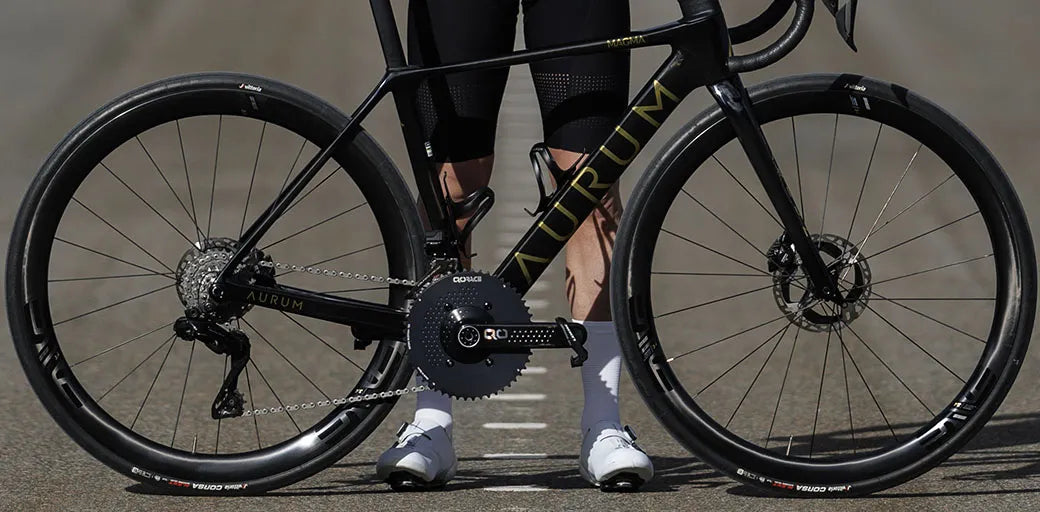When it comes to fine-tuning your bike fit, crank length is a detail many riders overlook. However, it can dramatically influence your power output, pedaling efficiency, and overall comfort on the bike. Whether you’re tackling steep alpine climbs on a road bike, grinding out gravel miles, or navigating technical mountain bike trails, understanding crank length and how it affects your ride is essential.

What Is Crank Length and Why Does It Matter?
Crank length refers to the distance from the center of the bottom bracket to the center of the pedal axle. Standard crank lengths typically range from 165mm to 175mm, but even small variations can have a noticeable impact on your pedaling dynamics. Longer cranks can generate more leverage, which benefits low-cadence, high-torque efforts, while shorter cranks allow for a higher cadence and reduce joint strain.
Crank Length and Pedaling Efficiency
The length of your cranks affects your pedaling arc and biomechanics. Riders with shorter cranks can maintain a smoother, more consistent cadence, especially during sustained efforts and climbs. Conversely, longer cranks increase the pedaling range, which can boost torque but may lead to increased knee and hip flexion, potentially causing discomfort or injury on longer rides.
Choosing the right crank length improves power transfer by keeping your hip and knee angles within an optimal range throughout the pedal stroke, minimizing energy loss and reducing the risk of overuse injuries.

Discipline-Specific Considerations
- Road Cycling: Many road riders favor slightly shorter cranks to improve cadence and minimize joint strain, particularly during high-intensity efforts.
- Gravel Riding: Crank length on gravel bikes should balance efficiency with clearance for technical terrain. Slightly shorter cranks can prevent pedal strikes on uneven surfaces.
- MTB: Mountain bikers often opt for shorter cranks to enhance clearance over rocks and roots while allowing quicker accelerations in technical sections.
How to Choose the Right Crank Length
Selecting the ideal crank length depends on a mix of your leg length, riding style, flexibility, and preferred cadence. Riders with shorter inseams typically benefit from shorter cranks, while those with longer legs might opt for longer options — though modern trends lean towards shorter cranks for improved cadence and reduced strain.
A professional bike fit can help identify the most suitable crank length based on your body measurements and performance goals. Crank length is one of the most overlooked factors in bike setup, yet it plays a crucial role in cycling performance and comfort. Whether you’re a road racer, gravel explorer, cyclocross or MTB enthusiast, the right crank length can improve power transfer, reduce fatigue, and optimize your cadence. This guide breaks down how crank length impacts your ride and offers tips to help you choose the perfect fit for your discipline and riding style.

Crank length might seem like a small detail, but it plays a pivotal role in your riding experience. By selecting the right length for your discipline and physiology, you can enhance comfort, efficiency, and long-term performance, no matter what kind of terrain you love to ride.


